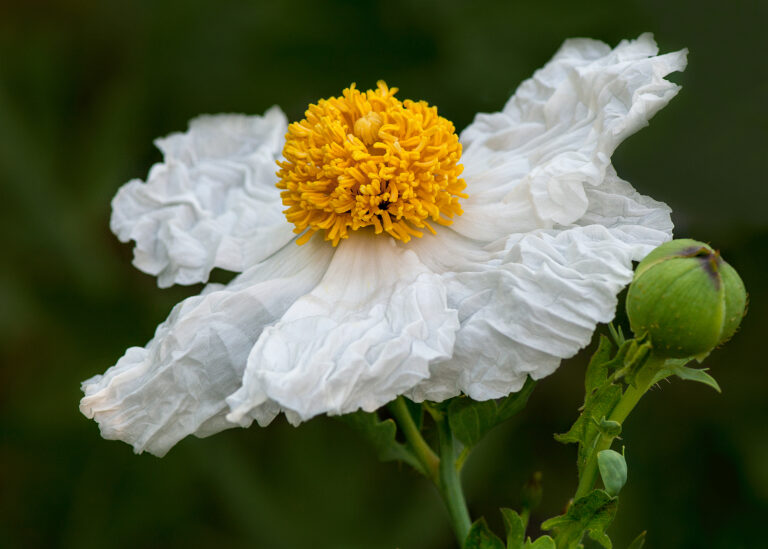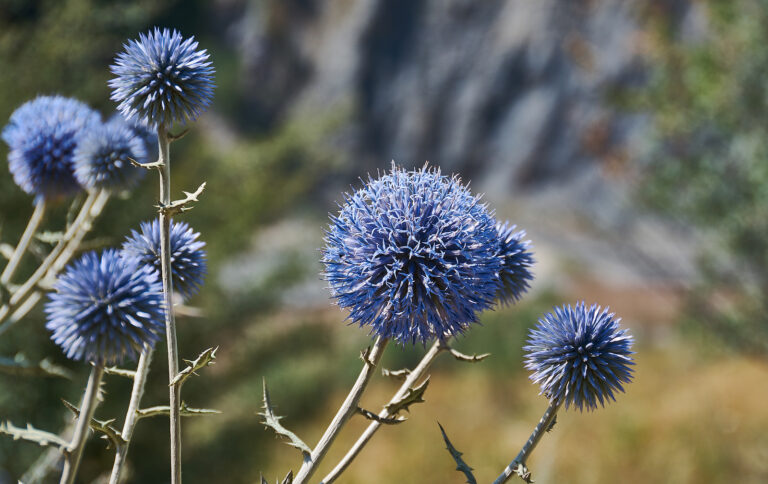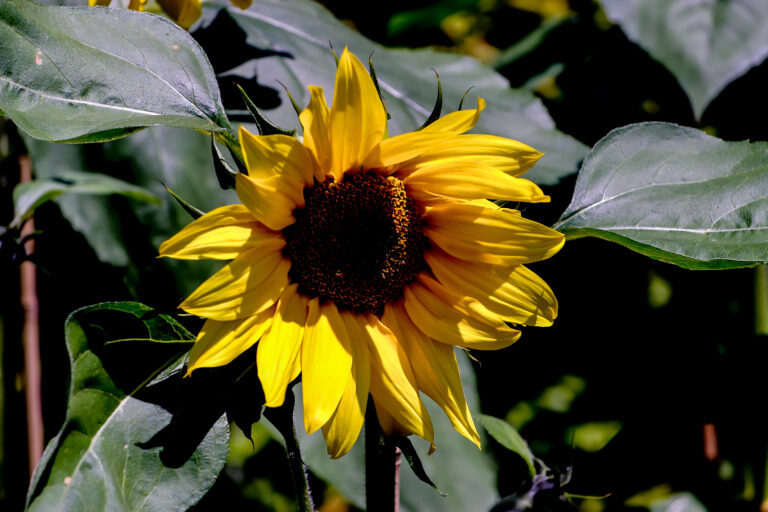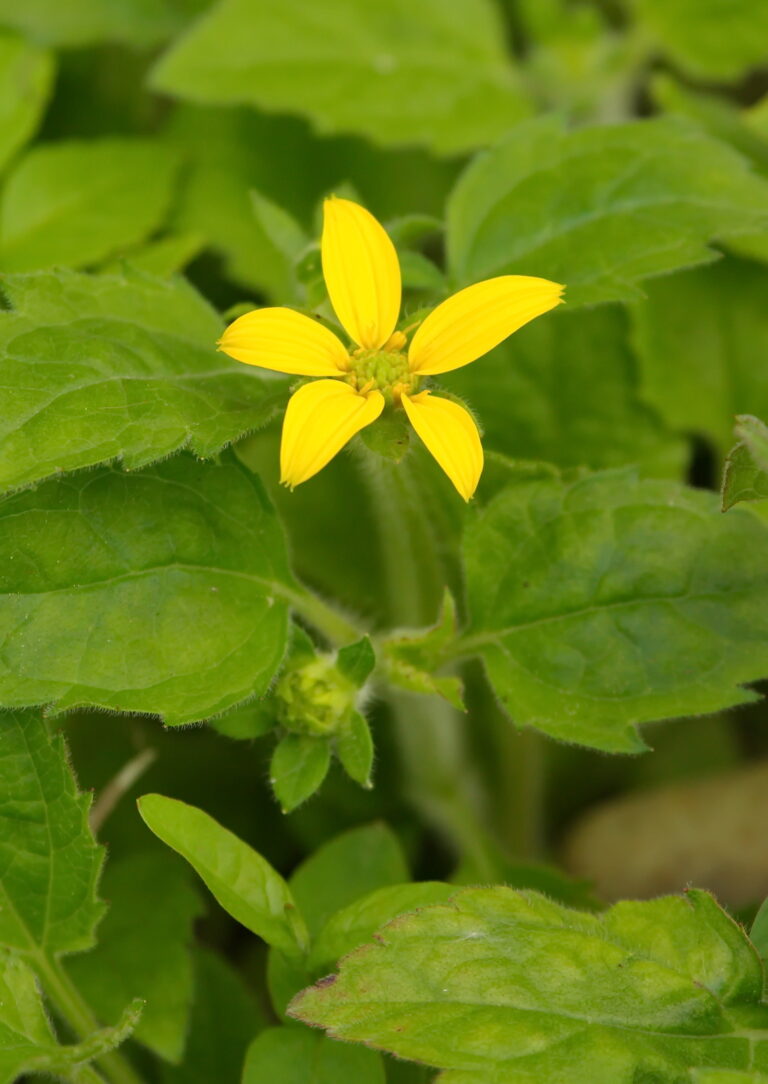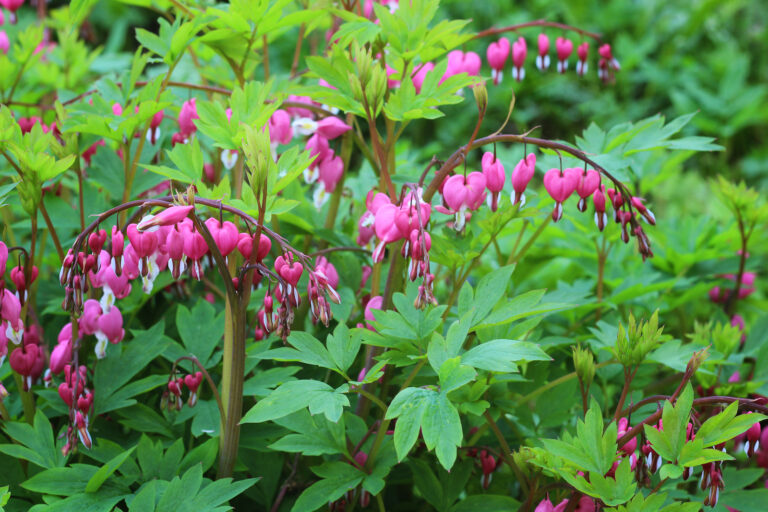How to Grow Chrysanthemum — Dendranthema
Dendranthema is a genus of perennials that produce daisylike flower heads that can be white, yellow, pink, or purple. The ray florets (petals) are borne singly or in loose clusters. Dendranthema is a genus of 20 species that were once classified as chrysanthemums.
Dendranthema bears aromatic, somewhat fleshy dark green leaves that are lobed or palmate. Flowers are .5 to 3 inches (1-8cm) across and are produced singly or in loose corymbs.
Grow Dendendranthema in herbaceous or mixed borders or in a rock garden.
Dendranthema are native to Europe and Central and East Asia.
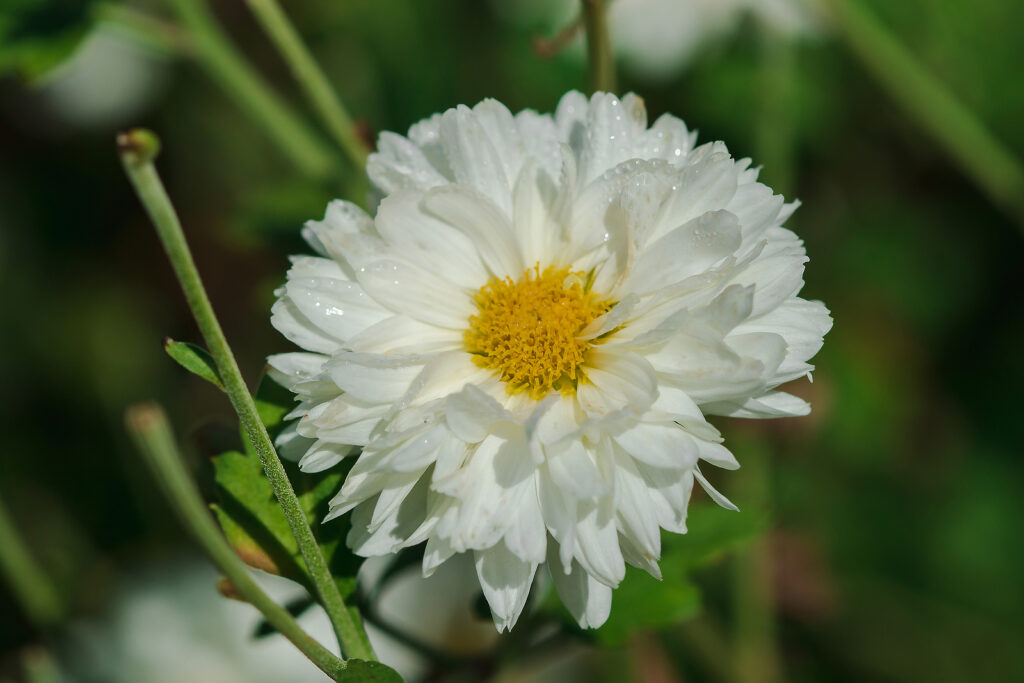
Get to know Dendranthema
- Plant type: Pernnial
- Growing zones and range: Zones 5 to 9
- Hardiness: Hardy to Zone 5
- Height and width: 12 inches (30cm) tall and 18 inches (45cm) wide
- Form and habit: Erect perennials
- Foliage: Aromatic, somewhat fleshy leaves that are lobed in a palmate fashion appear alternately.
- Flowers: Daisylike flower heads have white, yellow, pink, or purple ray florets (“petals”) and are borne singly or in loose clusters
- Bloom time: Mid- to late summer and fall
- Uses: Add to herbaceous or mixed border or rock garden
- Garden companions: Vertical plants, such as purple coneflower, crocosmia, gas plant, ironweed, and ornamental grasses
- Common name: Chrysanthemum
- Botanical name: Dendranthema
- Family name: Asteraceae
- Origin: Europe and Central and East Asia
Where to plant Dendranthema
- Plant Dendranthema in full to half sun.
- Plant Dendranthema in rich, moist, well-drained soil; sandy soil is ideal, and plants tend to be short-lived in heavy clay.
- Dendranthema do not tolerate wet soil but will grow well in windy locations if they have plenty of moisture.
When to plant Dendranthema
- Plant Dendranthema blooms in mid- to late summer and fall, depending on the variety and your maintenance practices.
- Plant Dendranthema 4 to 6 weeks before the first expected freeze in your area.
Planting and spacing Dendranthema
- Space Dendranthema 18 inches (45cm) apart.
- Start seed indoors in early spring.
How to water and feed Dendranthema
- Give Dendranthema average water.
- Feed Dendranthema with an all-purpose organic fertilizer in spring; apply 50% more fertilizer than for average perennials.
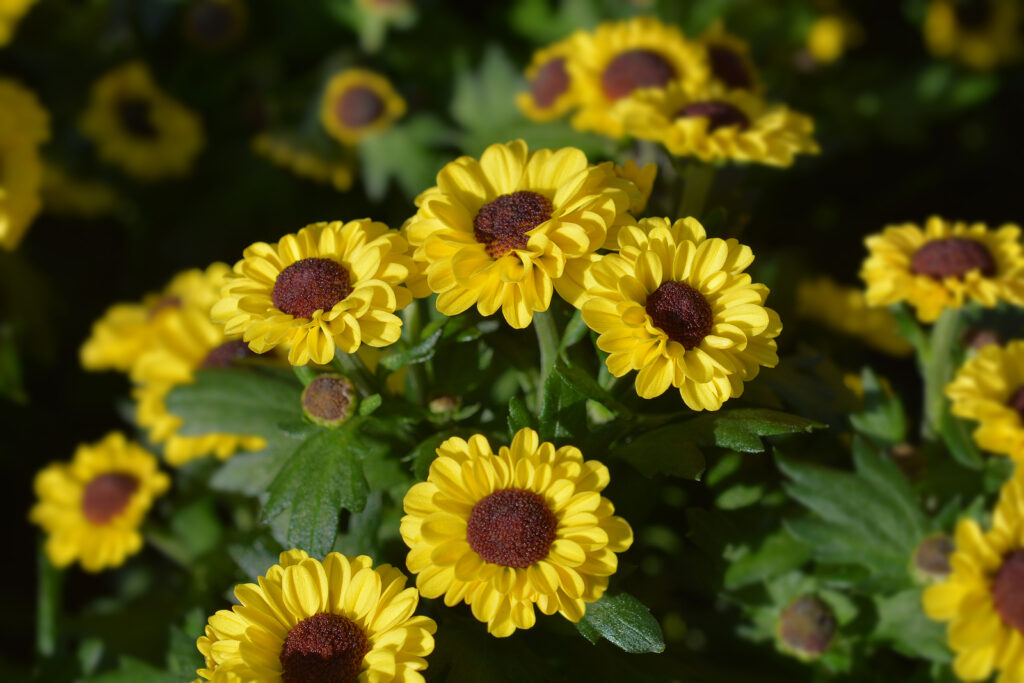
How to care for Dendranthema
- Pinch Dendranthema several times between midspring and midsummer for bushy, short, later-blooming plants.
- Northern gardeners should stop pinching by mid-July; southern gardeners, by early August.
- Unpinched plants may need staking.
- In Zones 5 to 6, wait until early spring to cut back plants or cut them down in fall and cover roots with an airy mulch over winter.
- Divide plants every 2 years in spring to keep clumps vigorous; they have offsets.
- Replant divisions in a different location to prevent pest buildup.
Dendranthema pests and diseases
- Dendranthema is susceptible to attacks by aphids, Japanese beetles, mites, slugs, snails, and nematodes.
- Dendranthema can develop leaf spot, mildew, and rust, especially on older, crowded clumps.
- Rabbits, deer, and woodchucks graze on the flower buds.
Dendranthema propagation
- Propagate Dendranthema by dividing plants in spring or after they flower in fall, or by sowing seeds.
Dendranthema varieties to grow
- Dendranthema weyrichii, formerly chrysanthemum weyrichii, a 1-foot (.3m) tall species that forms 1.5 foot (.5m) wide mounds of five-lobed leaves topped with 2 inch (5.1cm) wide daisies in late summer and fall with white or pink ray florets and yellow centers.
- ‘Pink Bomb’ bears pink flowers.
- ‘White Bomb’ has pink-tinged ray florets. Zones 3 to 8.
- Nipponanthemum nipponicum, Montauk daisy, is a semievergreen woody perennial that grows 2-3 feet (.6-.9m) tall with white daisies in fall. It tolerates wind and salt in Zones 5 to 9; do not pinch in Zones 5 to 6.
Related article:


